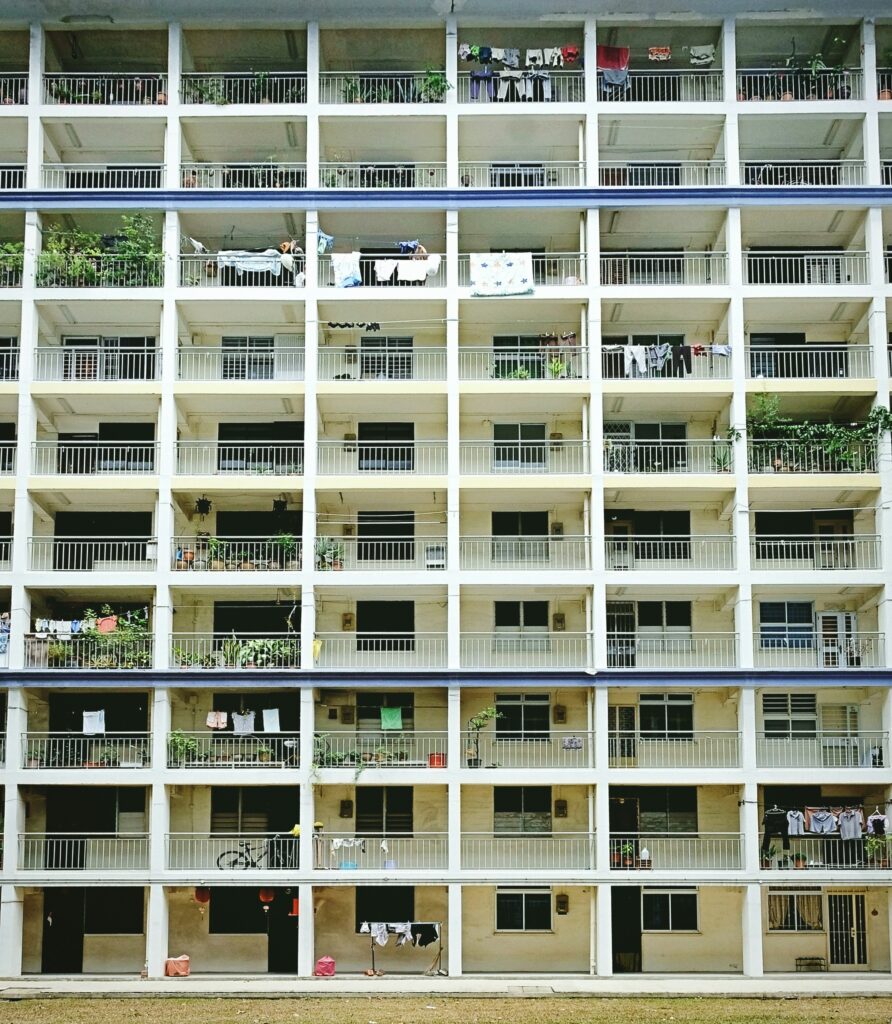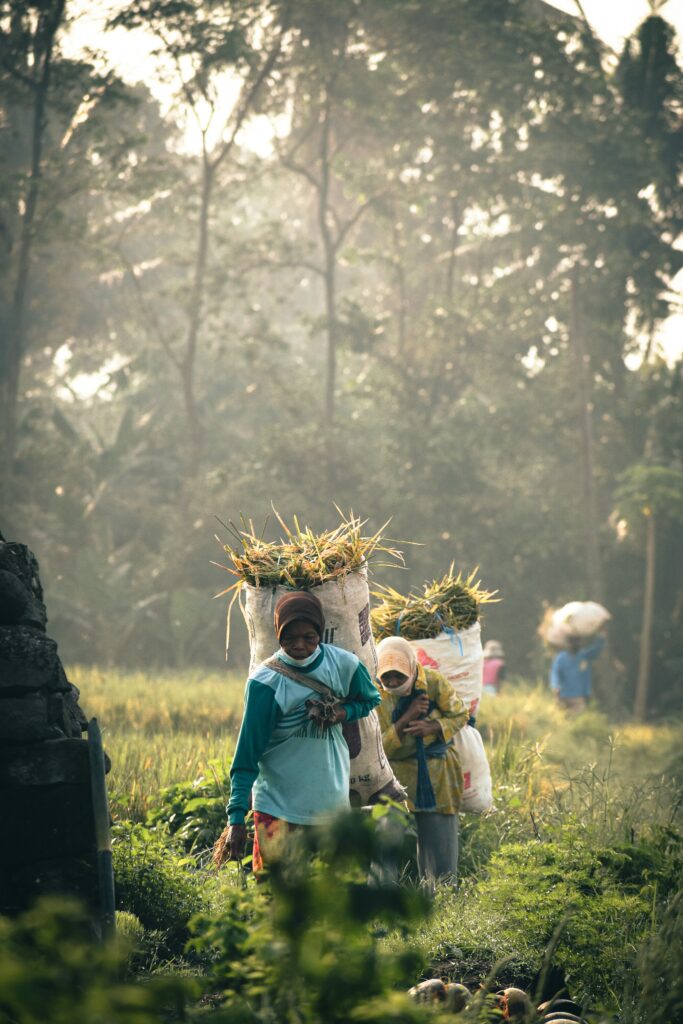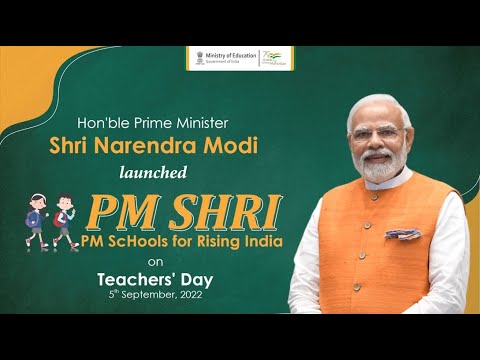The Pradhan Mantri Awas Yojana – Urban (PMAY-U), launched in June 2015, is the flagship housing scheme of the Government of India aimed at achieving “Housing for All” in urban areas by promoting affordable housing. As part of its continuation, Pradhan Mantri Awas Yojana Urban 2.0 was introduced under the Union Budget 2021–22, with a fresh focus on completing pending houses and launching new housing solutions under Atmanirbhar Bharat.
PMAY-U 2.0 is not a completely new scheme but a reinforced version of the existing mission, now extended up to December 31, 2024, to complete the sanctioned housing stock and expand coverage to deserving urban poor.

Objectives of Pradhan Mantri Awas Yojana Urban 2.0
- Provide affordable pucca housing with basic amenities to all eligible urban households.
- Cover all statutory towns and urban areas notified by state/UT governments.
- Promote inclusive urban growth by integrating the economically weaker sections (EWS), low-income groups (LIG), and middle-income groups (MIG) into formal housing markets.
- Accelerate the pace of housing construction and enable beneficiary-led ownership.
Four Verticals of Pradhan Mantri Awas Yojana Urban 2.0
PMAY-U and its 2.0 extension operate under four implementation verticals, catering to different socio-economic segments:
1. In-Situ Slum Redevelopment (ISSR)
- Objective: Redevelop slums by using land as a resource.
- Involves Public-Private Partnerships (PPPs) with private developers.
- Central Assistance: ₹1 lakh per house.
2. Credit Linked Subsidy Scheme (CLSS)
- Provides interest subsidy on home loans to EWS, LIG, MIG-I, and MIG-II groups.
- Reduces the effective interest rate of loans taken for new construction, extension, or improvement.
- Subvention ranges from 3% to 6.5% depending on the income category.
3. Affordable Housing in Partnership (AHP)
- Central and State Governments partner with private developers to build houses for EWS.
- Central Assistance: ₹1.5 lakh per EWS house.
- Beneficiaries are selected through demand survey or SECC data.
4. Beneficiary-Led Individual House Construction/Enhancement (BLC)
- Supports individual EWS families in constructing new houses or enhancing existing ones on their own land.
- Central Assistance: ₹1.5 lakh per beneficiary.
Eligibility Criteria for Pradhan Mantri Awas Yojana Urban 2.0
To avail benefits under PMAY-Urban 2.0, the applicant must meet the following conditions:
- Family must not own a pucca house anywhere in India.
- Should belong to EWS, LIG, or MIG categories (annual income caps vary).
- Must not have availed benefits from any prior housing scheme.
- For CLSS, the applicant must qualify for a home loan and have valid KYC.
- Family definition includes husband, wife, and unmarried children.
Income Groups Classification:
| Category | Annual Household Income |
|---|---|
| EWS | Up to ₹3 lakh |
| LIG | ₹3 lakh – ₹6 lakh |
| MIG-I | ₹6 lakh – ₹12 lakh |
| MIG-II | ₹12 lakh – ₹18 lakh |
Institutional Framework of Pradhan Mantri Awas Yojana Urban 2.0
1. Ministry of Housing and Urban Affairs (MoHUA)
Nodal ministry responsible for policy guidance, fund release, and monitoring.
2. State Level Nodal Agencies (SLNAs)
Coordinate with Urban Local Bodies (ULBs) for beneficiary selection, DPR preparation, and implementation.
3. Central Nodal Agencies (CNAs)
Responsible for managing funds and interest subsidy release under CLSS. Key CNAs include:
- National Housing Bank (NHB)
- Housing and Urban Development Corporation (HUDCO)
- State Bank of India (SBI)
Technology Sub-Mission under Pradhan Mantri Awas Yojana Urban 2.0
- Promotes modern construction technologies such as pre-fabrication, light-gauge steel frame, and monolithic concrete.
- Encourages environmentally sustainable materials.
- Focuses on faster construction, better quality, and lower cost.
This is in alignment with the “Ease of Living” framework and the GHTC-India initiative.
Progress and Achievements
As of recent data under PMAY-U (including PMAY-U 2.0):
- Sanctioned houses: Over 1.2 crore
- Completed houses: More than 80 lakh
- Central assistance committed: Over ₹2.03 lakh crore
- Private sector participation increased significantly via AHP and CLSS models
- Major beneficiaries include urban poor, slum dwellers, and first-time homeowners
The scheme has led to an upsurge in urban construction activity, women’s empowerment through ownership, and growth in affordable housing finance.
Challenges and Constraints
- Land availability in densely populated cities
- Delay in fund disbursal from central and state agencies
- Project execution lags due to coordination issues at the ULB level
- Beneficiary identification errors in slum mapping and Aadhar linkage
- Limited private developer interest in some low-profit zones
Summary Table
| Feature | Details |
|---|---|
| Scheme Name | PM Awas Yojana – Urban 2.0 |
| Launch Year | Phase 1 in 2015, Phase 2 (2.0) extended post-2021 |
| Ministry | Ministry of Housing and Urban Affairs |
| Target Groups | EWS, LIG, MIG I & II |
| Major Components | ISSR, CLSS, AHP, BLC |
| Assistance Range | ₹1 lakh to ₹2.67 lakh depending on vertical |
| Ownership Mandate | Preferably female or joint ownership |
| Technology Focus | Modern, sustainable housing techniques |
The PM Awas Yojana – Urban 2.0 marks a decisive shift toward inclusive, gender-equitable, and technology-driven housing solutions in urban India. Through its multi-vertical strategy, digital platforms, and performance-linked funding, it continues to reshape the country’s urban landscape in line with the vision of “Housing for All” by 2025.
Official Website: https://pmay-urban.gov.in/
Related Schemes: PM UJJWALA Yojana…and Other Schemes
#Class12Economics #ClassXIIMacro #DesignLinkedIncentivesScheme #DLIScheme #EconomicsforUPSC #GovernmentBudgetClass12 #JalJeevanMission #Meity #MinistryofAgricultureSchemes #MinistryofCommerce #MinistryofEducation #MinistryofJalShakti #MissionSUJALAM #MoA&FWSchemes #MODIGovt3.0 #MoneyMultiplier #MoNRE #MoPNG #NamamiGange #NIPUNBharatMission #PLIScheme #PMAwasYojana #PMBhartiyaJanaushadhiPariyojana #PMDeVINEScheme #PMGATISHAKTI #PMKISAN #PMKUSUM #PMKVY #PMMatsyaSampada #PMMatsyaSampadaSchemeUPSC #PMSHRI #PMSHRIScheme #PMSuryaGharMuftBijliYojana #PMSVAMITVASCHEME #ProductionLinkedScheme #RashtriyaGokulMission #SAKSHAMScheme #SamagraShikshaScheme #SamagraShikshaScheme2.0 #SamagraShikshaYojana #SC/STSchemes #StandUpIndia #UTPRERAK #UtprerakScheme #VidyanjaliScheme


